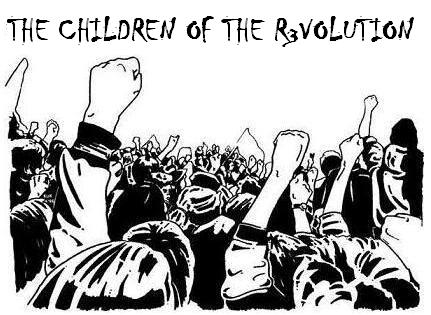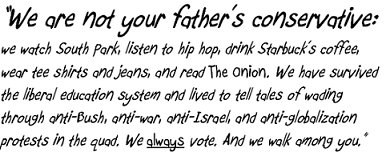 Jia Lynn Yang, reporter for Fortune magazine, addressed this morning a discussion which has gained more and more footing in the last few years: the academic critique of FDR’s New Deal, and its actual impact on our economy during the Great Depression. During the 1930s, Franklin Delano Roosevelt instituted a number of “shot in the dark” stimulus programs aimed at treating various symptoms of the country’s economic collapse. Many modern economists have posited that FDR overreacted, and the recession following the boom of the 1920s would never have escalated to a depression were it not for The New Deal, a concept Yang adroitly points out is the antithesis of what we were taught in grade school history classes.
Jia Lynn Yang, reporter for Fortune magazine, addressed this morning a discussion which has gained more and more footing in the last few years: the academic critique of FDR’s New Deal, and its actual impact on our economy during the Great Depression. During the 1930s, Franklin Delano Roosevelt instituted a number of “shot in the dark” stimulus programs aimed at treating various symptoms of the country’s economic collapse. Many modern economists have posited that FDR overreacted, and the recession following the boom of the 1920s would never have escalated to a depression were it not for The New Deal, a concept Yang adroitly points out is the antithesis of what we were taught in grade school history classes.
In The truth about stimulus and the Depression, Yang does a good job of summarizing one major critique of The New Deal: Roosevelt’s treatment of labor and business relations. The article presents some good statistics, but doesn’t speak to them with the seriousness that numbers of their magnitude might otherwise warrant. She establishes government policies restricting the flexibility of labor markets resulted in wholesale prices that rose 23% in two years (a very large number), but manages to avoid using the word inflation.
On the reverse, she cites FDR’s Civil Works Administration as employing 3.6 million people and demonstrating a possible correlation to increased spending and decreased mortality rates. What goes unsaid is the fact that these were not permanent jobs (the program ran for less than a year), and that it cost the government more than twice its initial price tag (over $1 billion dollars in the end, which is a lot in 1930s dollars).
One major factor that is not even addressed is Milton Friedman’s critique of the decade’s monetary policy, which demonstrated an abysmal lack of understanding by political leaders of the day (a good synopsis of the depression from Friedman’s view can be found here). A related but varying hypothesis put forth by the Austrian School attributes some of the blame to malinvestment, or government action redirecting resources in non-rational and unproductive ways (though few currently subscribe to this view).
So what’s the moral here?
Yang asks that very question, and comes to the conclusion that because some of the New Deal’s programs managed to stem some of the economies bleeding, we should look past the fact that other programs turned what was otherwise a harsh but treatable wound into a gross trauma in the first place. I must argue a different moral. The Great Depression and the New Deal provide us a perfect example of why throwing a trillion untargeted dollars at a problem is a terrible idea. When government becomes involved, history clearly shows its capacity to do wrong vastly outweigh its capacity to help. And if politicians must do something, as Arlen Spector (R-PA) claimed as the reason he had to vote in favor of our stimulus package, they should not be putting haste before prudence to get the bill passed “as fast as humanly possible” (quote from President Barrack Obama). Any action should be deliberate and targeted at causes, not symptoms. We are in a recession right now – and we have only ourselves to blame if it becomes more than that.
2.11.2009
THE TRUTH ABOUT THE TRUTH ABOUT STIMULUS AND THE DEPRESSION
BY SEACHRANAI
Subscribe to:
Post Comments (Atom)







1 comment:
I agree. If we try too many shots in the dark, we can really cause damage. What needs to be done is tried and true methods. Let the government focus on what it and only it can do: Defense, major infrastructure, etc. Pumping some money at least into infrastructure may facilitate faster commerce, while creating immediate jobs. Add in some reasonable and well-placed tax cuts, and we could turn this around quickly.
Post a Comment